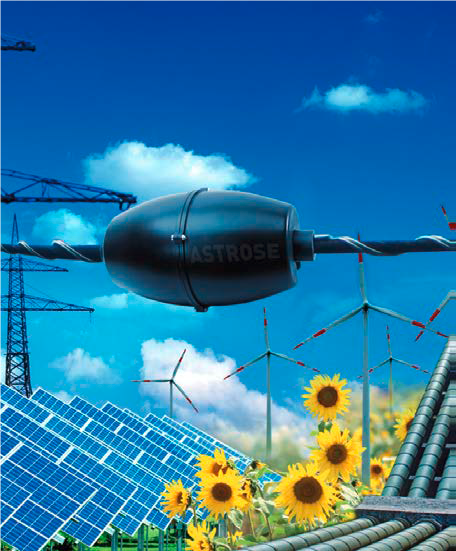Resource-efficient energy systems

In addition to energy efficiency, the energy infrastructure must also be adapted to the conditions of a fully sustainable world. This includes overall systems that combine energy supply, distribution, storage, and use in an intelligent and efficient way. ICT can and must be a central key to providing securely available, sustainable, and at the same time affordable energy in the future.
Research focus areas:
- Energy storage and energy storage management systems
- Energy harvesting
- Self-sufficient microsystems
- Efficient energy management through optimal conversion of extremely small currents and voltages
- Drive converters
- Smart Grids
 Fraunhofer Group for Microelectronics in cooperation with the Leibniz institutes IHP and FBH
Fraunhofer Group for Microelectronics in cooperation with the Leibniz institutes IHP and FBH